How to Compose Stunning Fashion Boudoir Photos
Breaking the Rules of Composition in Fashion Boudoir
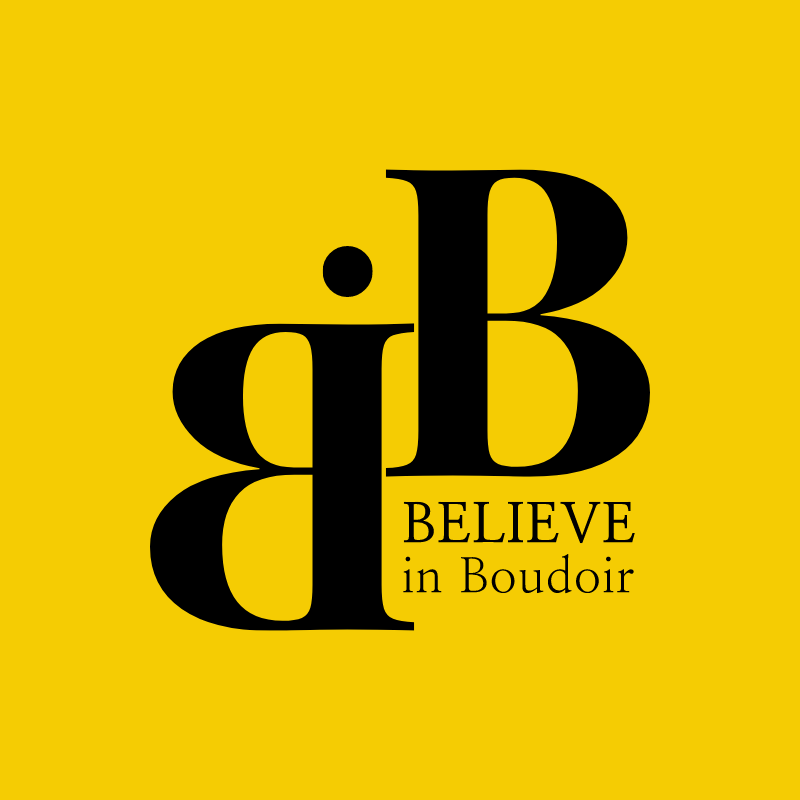

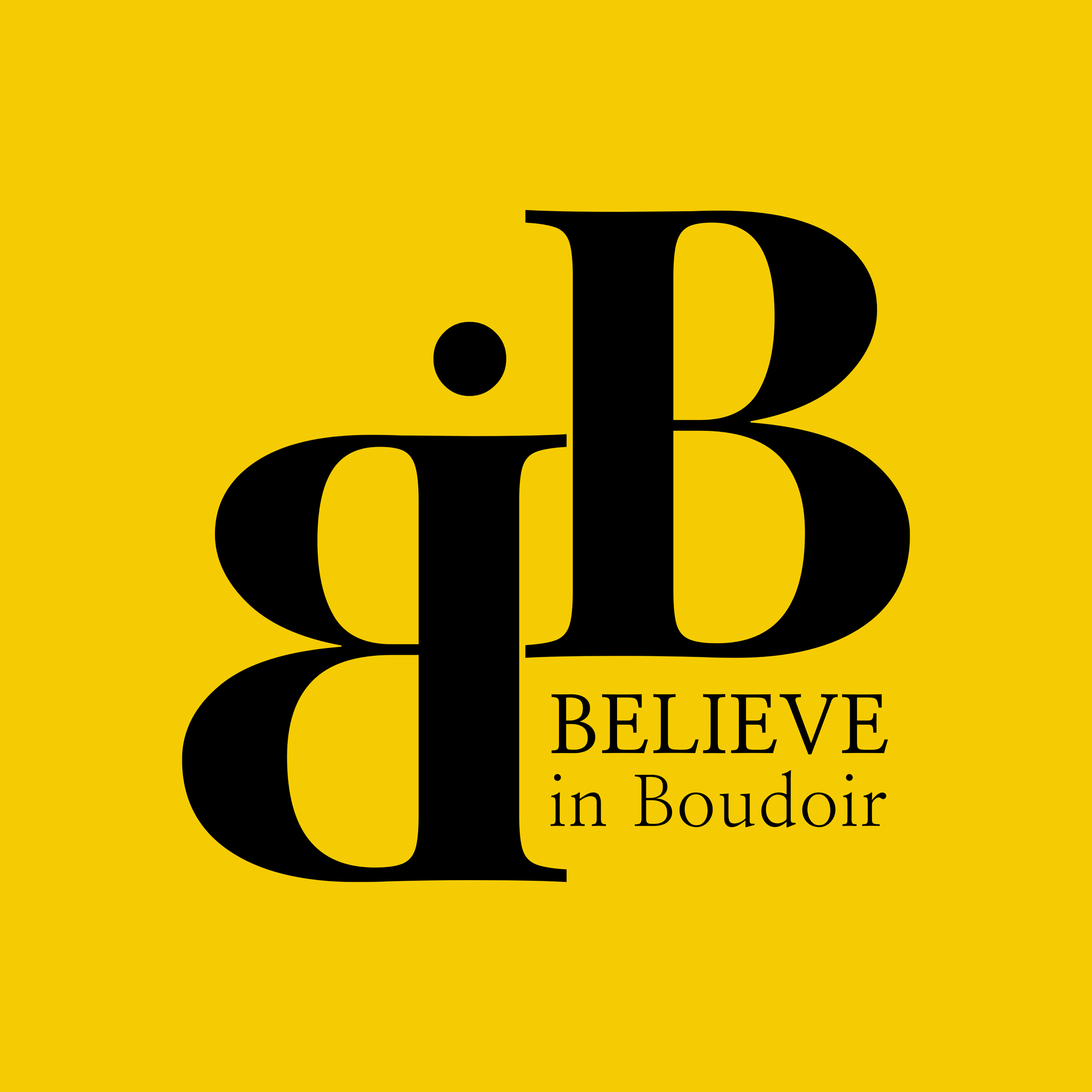
Breaking the Rules of Composition in Fashion Boudoir

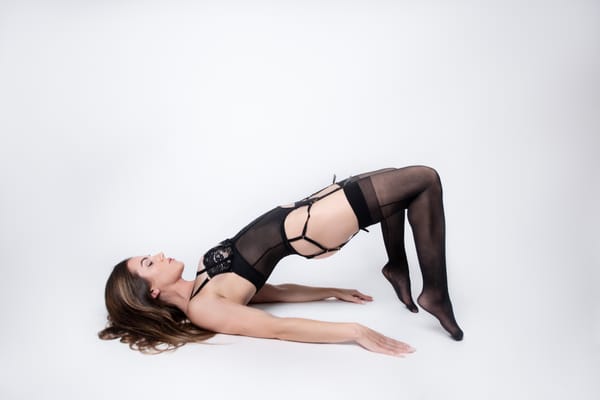
Fashion boudoir photography pushes the boundaries of traditional portraiture by blending sensuality with high-style editorial flair. In this genre, composition becomes more than just technical—it’s expressive, experimental, and often delightfully unexpected.
This guide is for photographers ready to move beyond safe poses and predictable frames. Whether you're just entering the world of fashion boudoir or looking to elevate your work, you’ll discover how to use dramatic angles, asymmetry, negative space, and visual tension to create images that are both edgy and elegant.
Explore how unusual perspectives and bold styling can transform the human form into something striking, fashion-forward, and deeply sensual. It's not just about looking sexy—it’s about creating art that feels powerful, modern, and unforgettable.

In boudoir photography, composition is a powerful storytelling tool that goes far beyond aesthetics. It helps direct the viewer’s gaze, evoke emotion, and highlight sensuality in a thoughtful, intentional way.
One foundational concept is the rule of thirds, where the frame is divided into nine equal sections using two vertical and two horizontal lines. Placing your subject or focal points along these lines—or at their intersections—creates visual tension and harmony, resulting in a more balanced and engaging image.
Balance refers to the careful distribution of visual weight within a photograph. In boudoir, this could mean aligning body lines and negative space to ensure the subject feels centered or deliberately off-balance for effect—whether symmetrical or purposefully asymmetrical, balance helps maintain a visually satisfying composition.
Framing involves using surrounding elements to draw attention to the subject. In boudoir, this can include doorways, furniture, drapery, mirrors, or even body parts like arms and legs. Effective framing not only highlights the model but also adds depth, context, and a sense of story to the image.
When applied with care, these compositional techniques help transform boudoir photos from beautiful portraits into expressive, emotionally resonant pieces of art.

Boudoir photography offers a wide range of creative possibilities, and your choice of composition style can dramatically influence the mood and impact of each image. Below are four key styles commonly explored in fashion-forward boudoir work:
Selecting the right composition style allows photographers to tailor their session to each client’s energy and story—whether they’re looking for elegance, edge, intimacy, or pure artistic expression.

In boudoir photography, composition is more than visual design—it’s a tool for celebrating body diversity and empowering every client. Each body is unique, and with thoughtful angles, framing, and lighting, photographers can highlight their subject’s most beautiful features while minimizing insecurities.
For curvier bodies, subtle shadowing and carefully chosen angles can emphasize curves and create a soft, elegant sensuality. For slimmer figures, composition that focuses on posture, symmetry, and graceful lines enhances poise and balance.
Ultimately, composition becomes a means of self-expression and confidence—helping every individual feel seen, celebrated, and beautiful in their own skin.
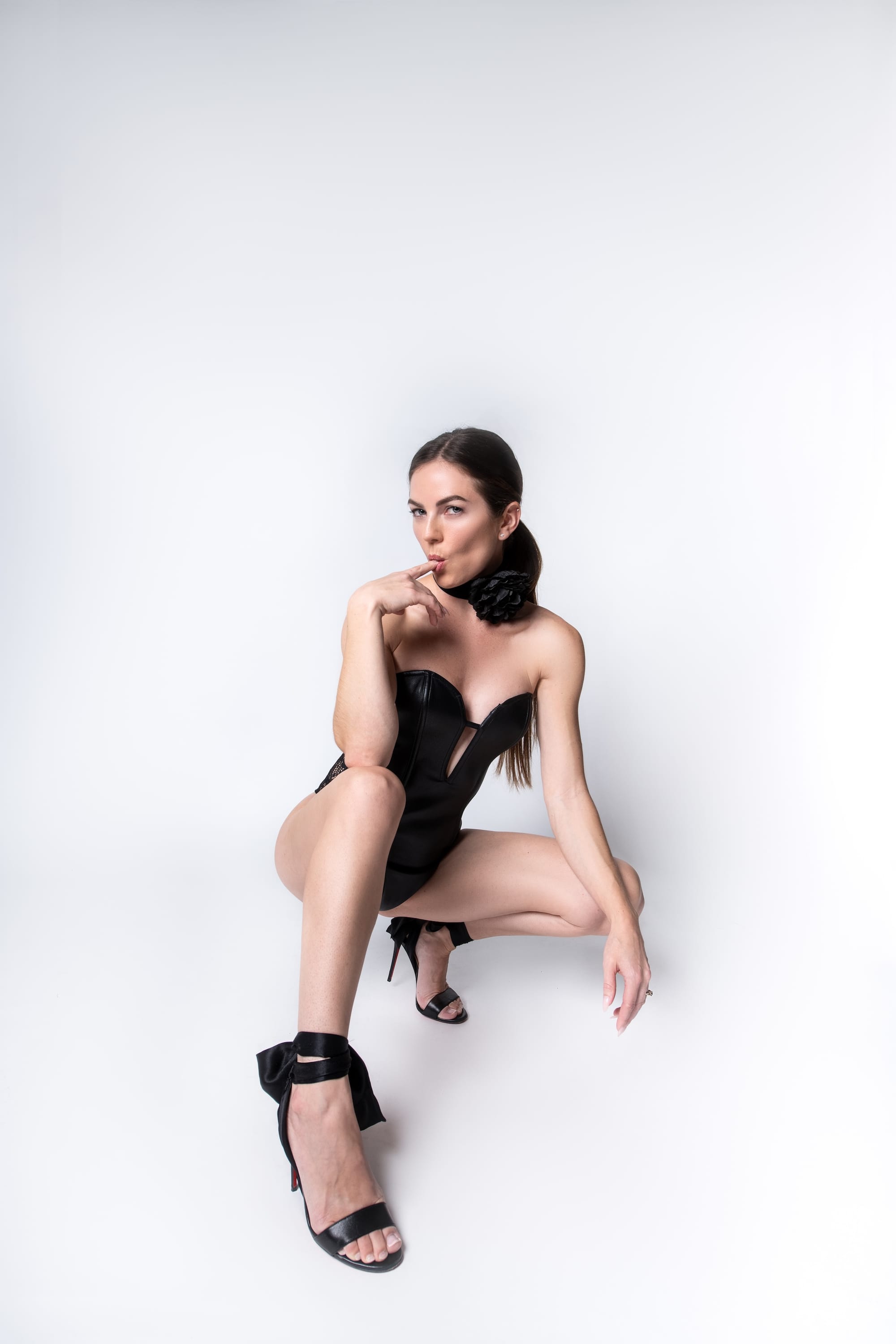
Lighting doesn’t just illuminate—it defines mood, shapes form, and plays a crucial role in how a boudoir image is composed.
By strategically placing light sources, photographers can draw attention to focal points, create dimension, and guide the viewer’s eye—enhancing the impact of the composition. Light and shadow become artistic elements that support storytelling and emotional resonance.
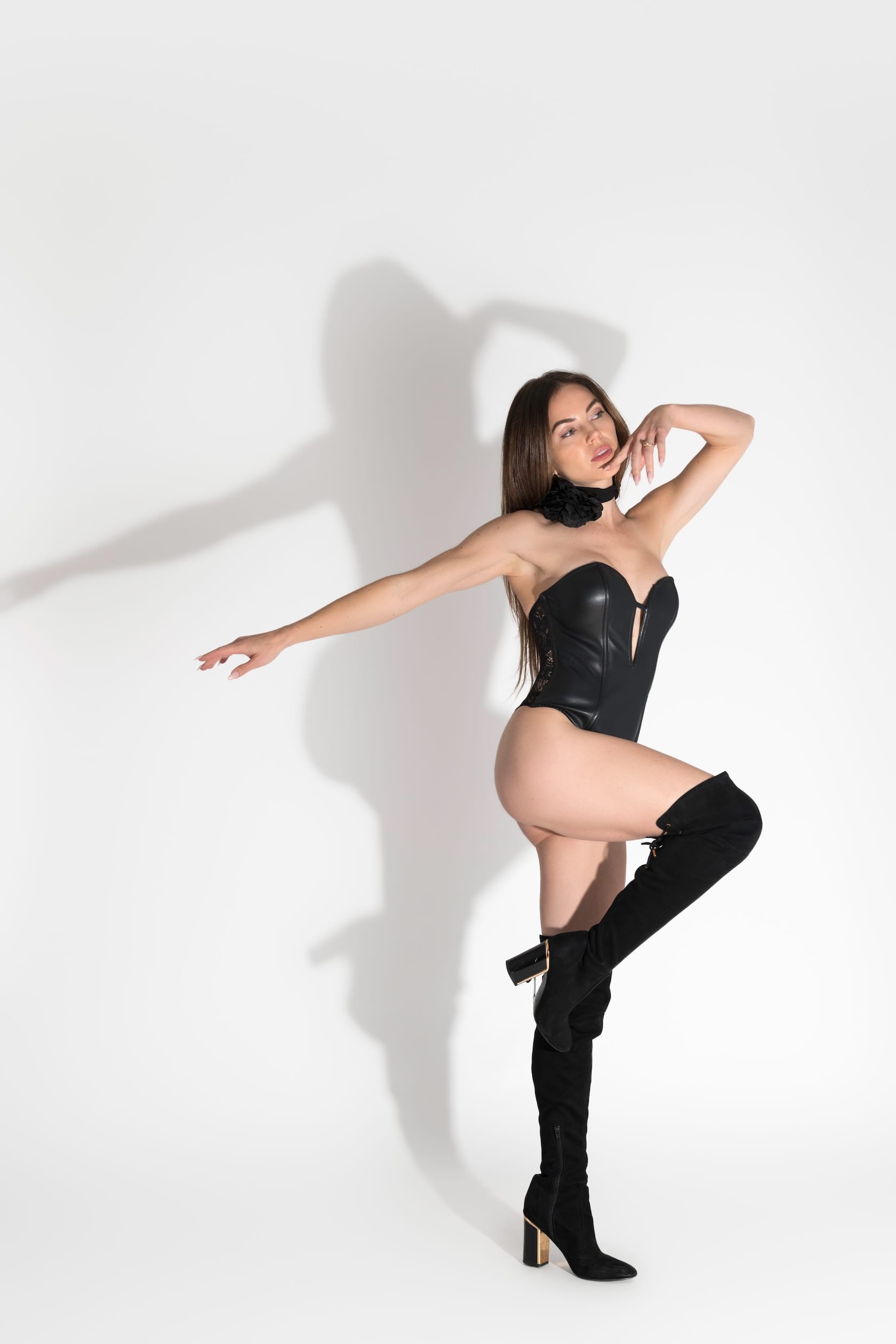
The setting of a boudoir shoot heavily influences how a photographer approaches composition.
Both environments offer unique opportunities for compelling compositions. The key is using the space to enhance the mood, narrative, and emotion behind each image.
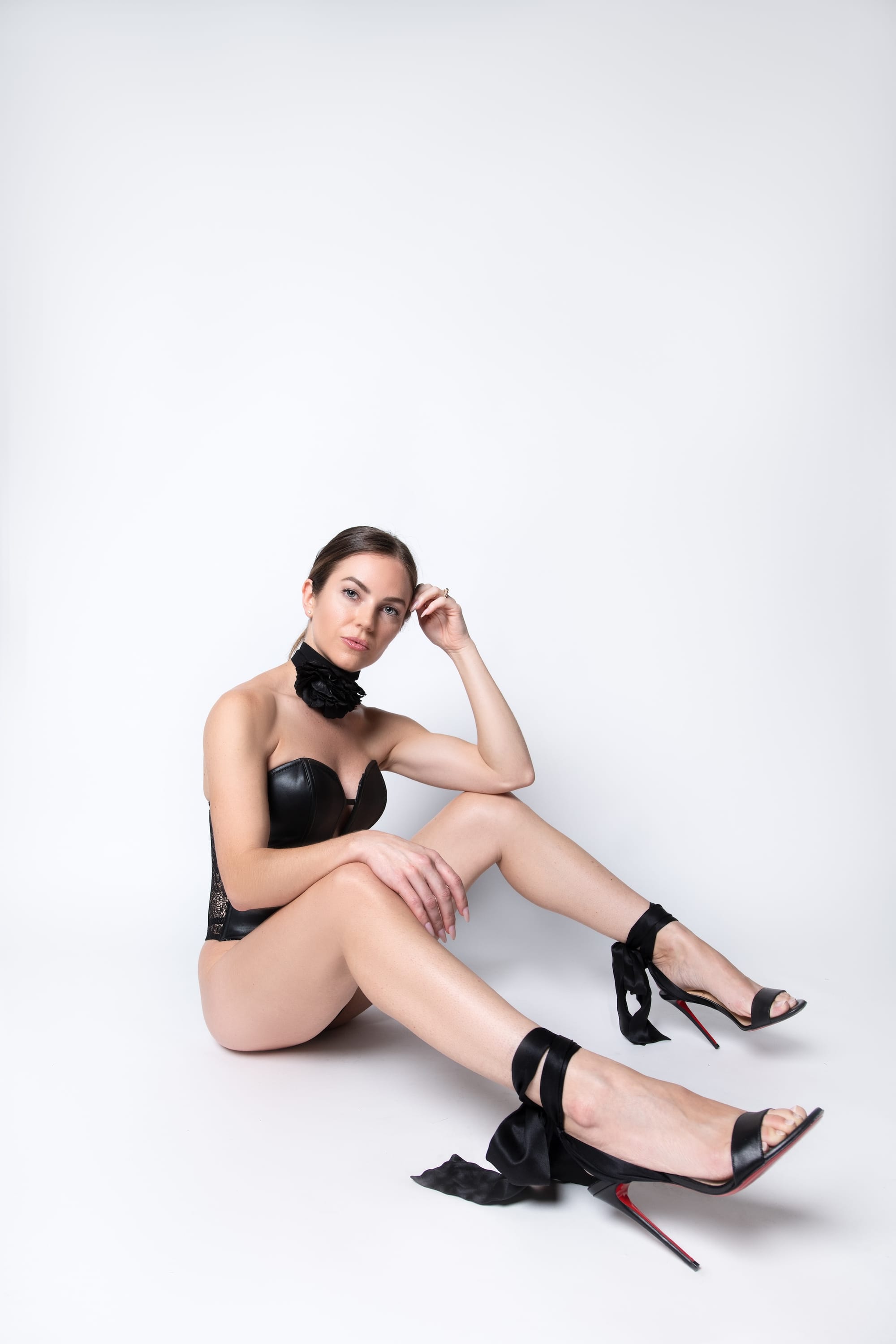
Boudoir photography is more than capturing beauty—it's about telling a story of confidence, intimacy, and self-expression. Through intentional composition, creative angles, and purposeful posing, you have the power to craft imagery that resonates deeply with your clients and reflects their inner strength and sensuality. With the insights from this guide, you're now equipped to approach boudoir with an artistic eye and a thoughtful vision—ready to create compelling portraits that inspire, empower, and leave a lasting impression.
Learn Boudoir Photography on BIB TV